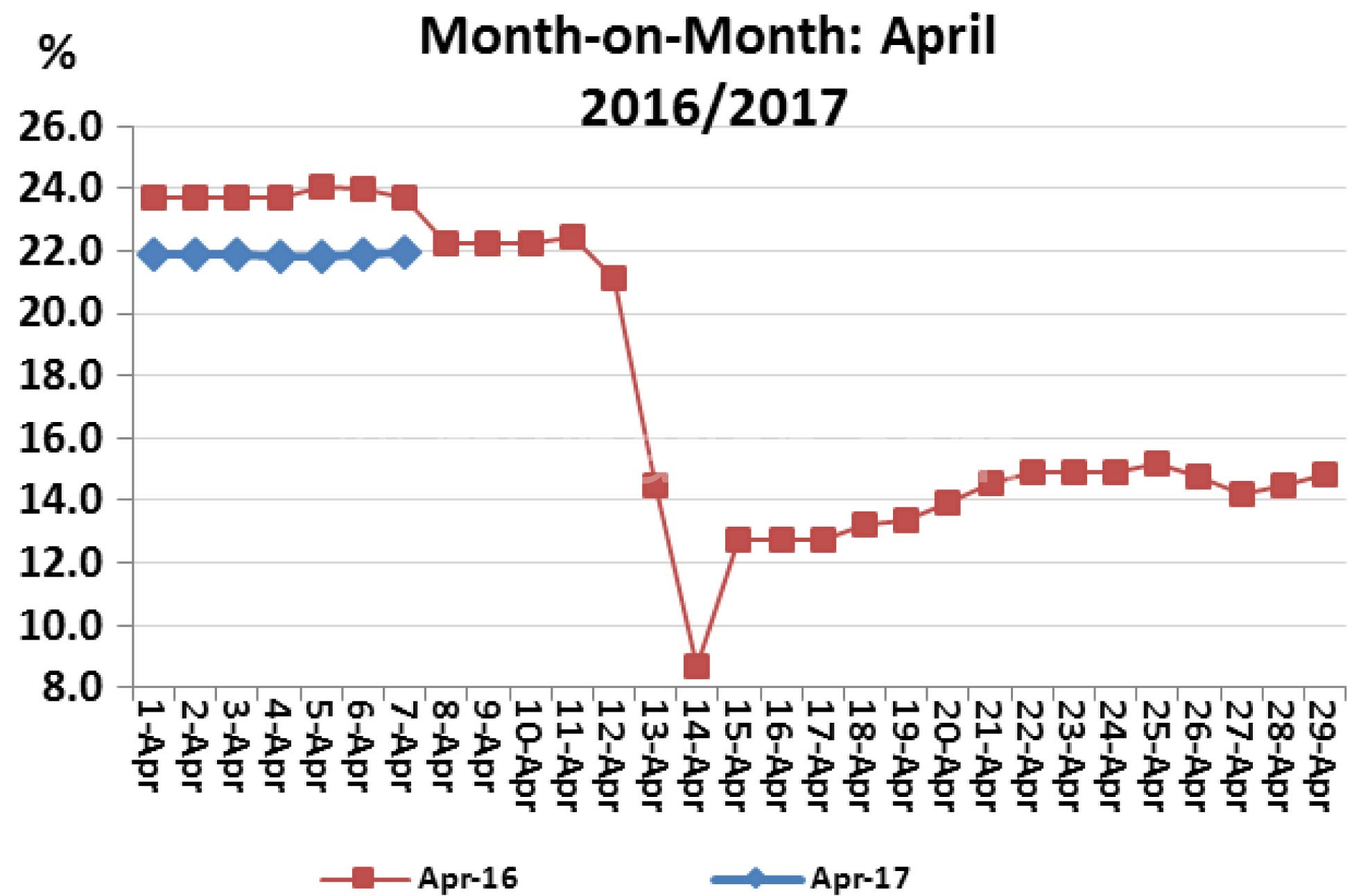Banks liquidity declines, hits k5.53bn
Commercial banks’ liquidity levels decreased to K5.53 billion per day last week from K7.78 billion in the week before, a sign that some banks may have struggled with funds to lend to their customers, a market analyst has said.
The analyst has, however, cautioned that the situation is mixed as access to the Lombard Facility (a discount window borrowing for stressed banks) decreased to an average of K4.65 billion per day from K6.78 billion.
Said the analyst: “The situation is tricky. It seems not all banks struggled with liquidity as access to Lombard Facility declined on the other hand.”
Reserve Bank of Malawi (RBM) figures indicate that during the week, interbank borrowing average decreased to K4.34 billion per day from K4.60 billion per day in the previous week.
At the same time, the average rate of interbank borrowing (borrowing between banks) also decreased to 21.85 percent from 22.08 percent in the previous week.
Liquidity conditions have in recent months remained tight as evidenced by the interbank rate being kept close to policy rate and the stable liquidity levels.
In an interview with Business News on Monday, economic analyst Cosmas Chigwe noted that the decline in the interbank borrowing was due to the fact that the liquidity was spread more evenly among banks.
“Sometimes liquidity level in the market are high but this liquidity is very concentrated among one or two banks and the other banks end up going to the Lombard Facility.
“On the other hand, this could also be just the reverse, the liquidity levels may be lower but the liquidity is more evenly spread, thus less borrowing on the Lombard facility,” he said.
Market analysts say that improvement in liquidity levels trigger a fall in interest rates which could see an increase in borrowing from commercial banks.
RBM spokesperson Mbane Ngwira earlier said this is the central bank’s strategy to contain certain macroeconomic variables in line with the growth prospects of the economy, dismissing fears for a liquidity crisis.
He said the bank has been mopping up excess liquidity by rolling over maturing securities on top of issuing new securities.
Commercial banks started facing liquidity problems after the devaluation and subsequent floatation of the kwacha in 2012, a situation which resulted in most banks facing a liquidity squeeze.
This pushed the central bank to introduce the discount window borrowing to normalise the liquidity position of struggling banks.





